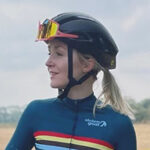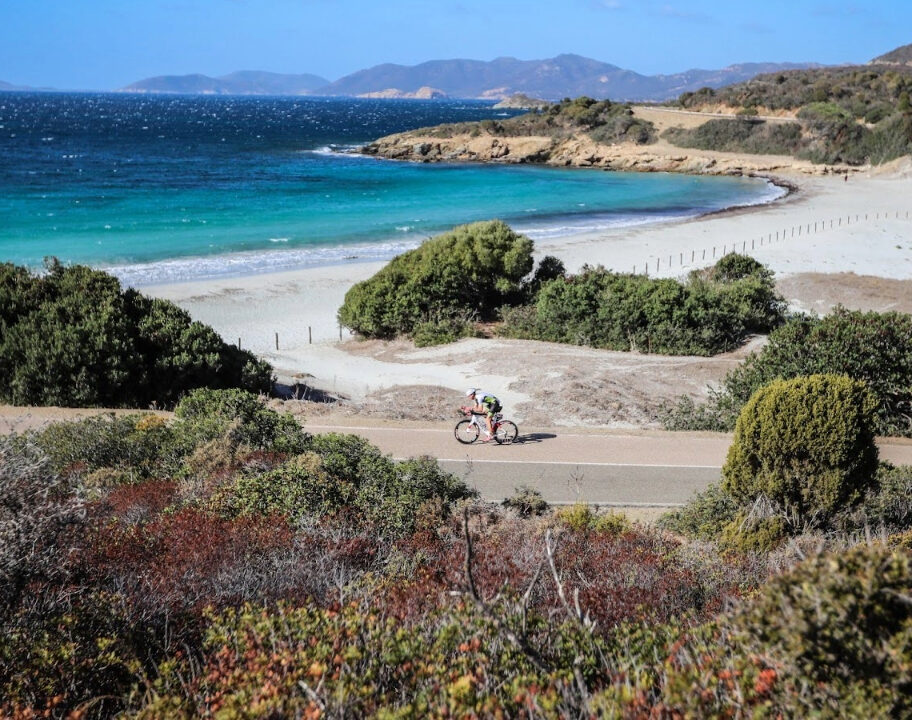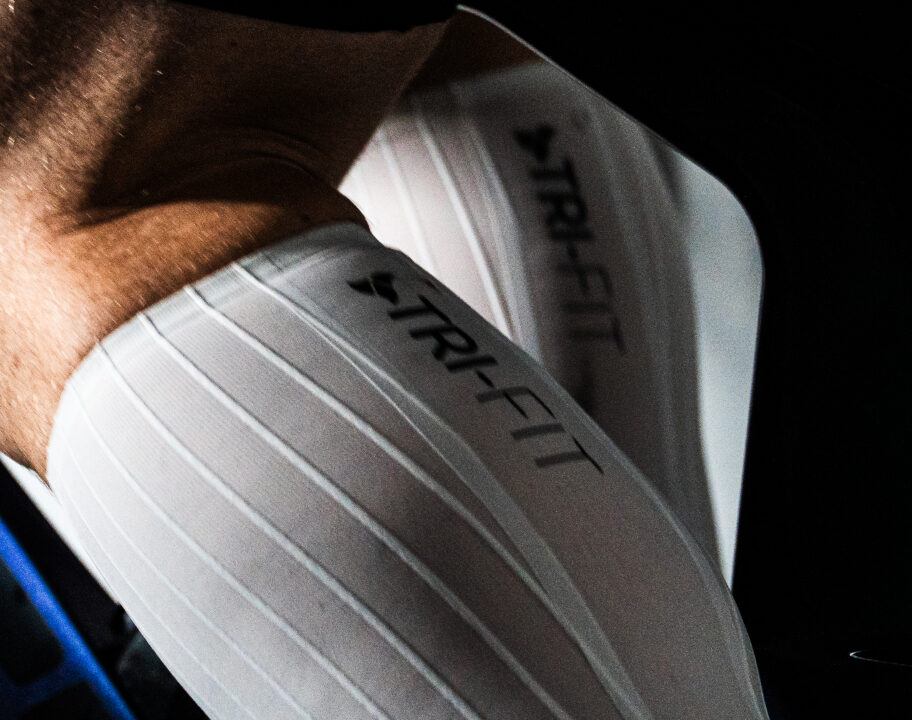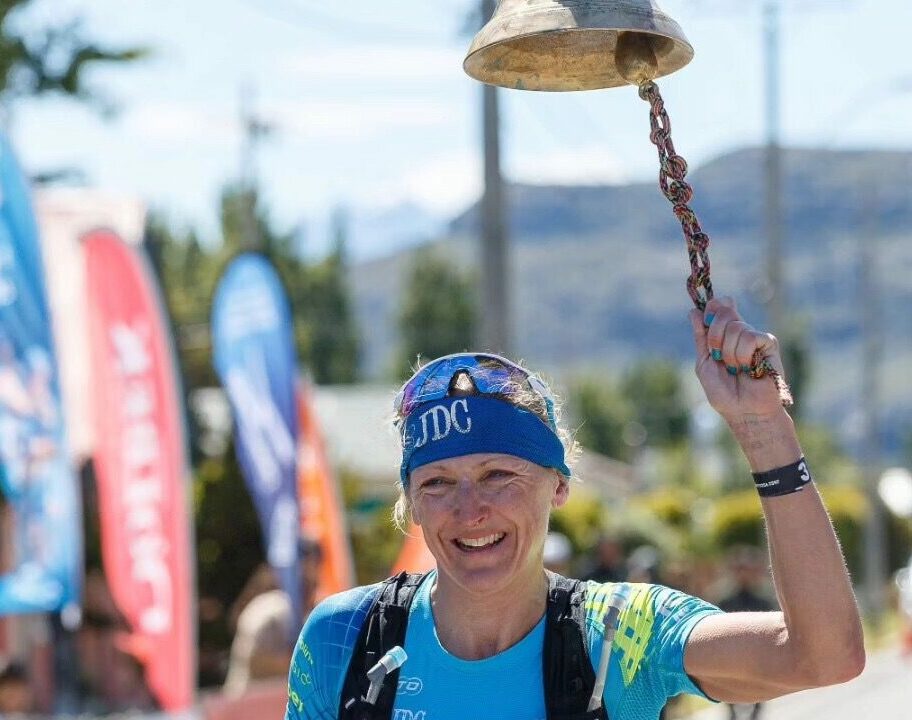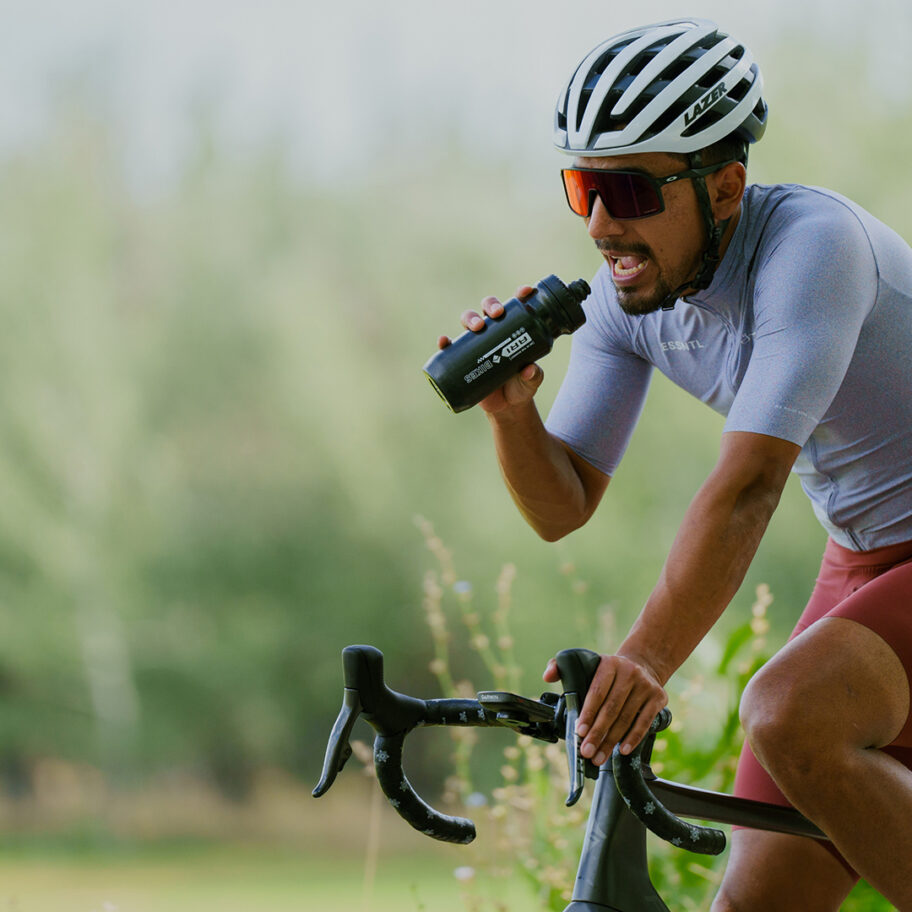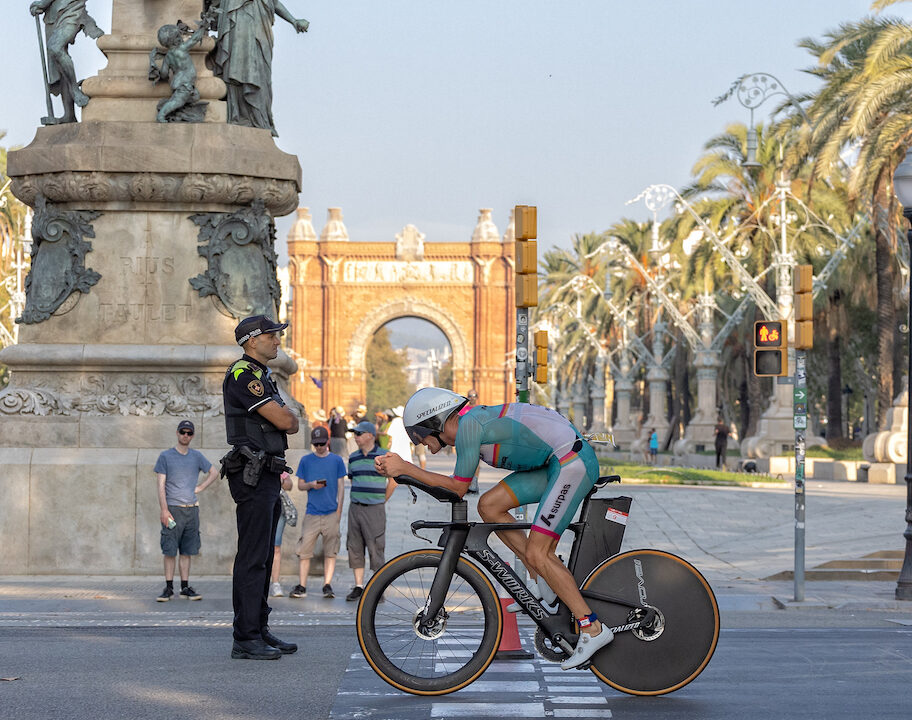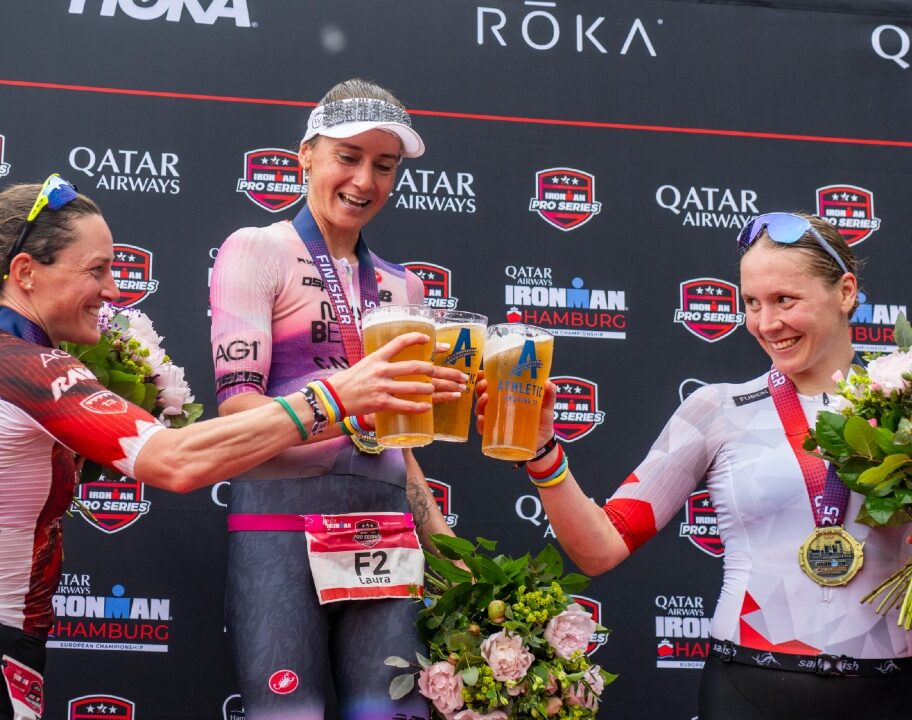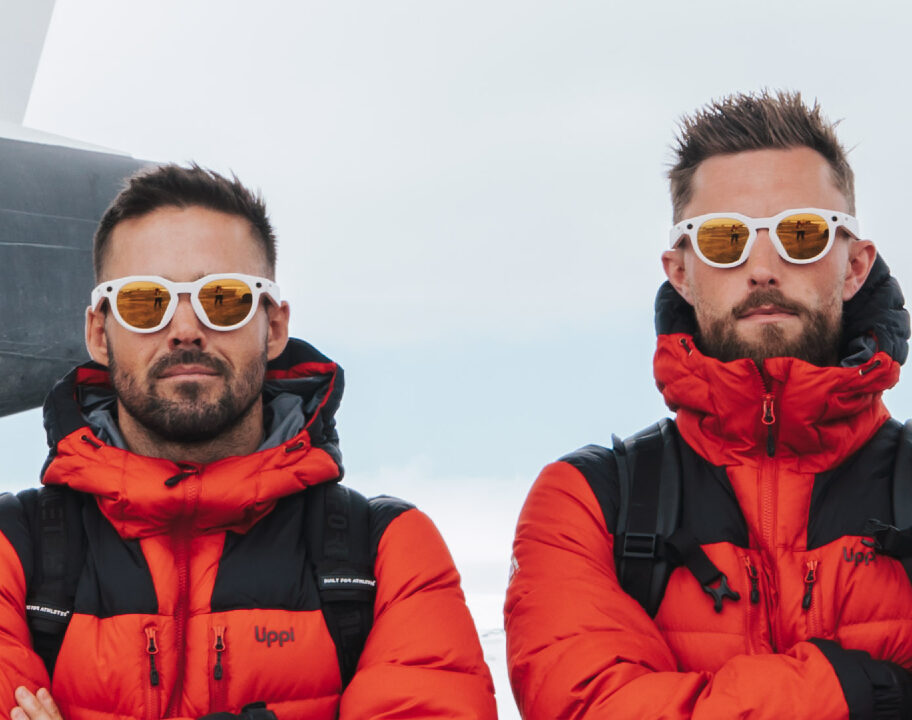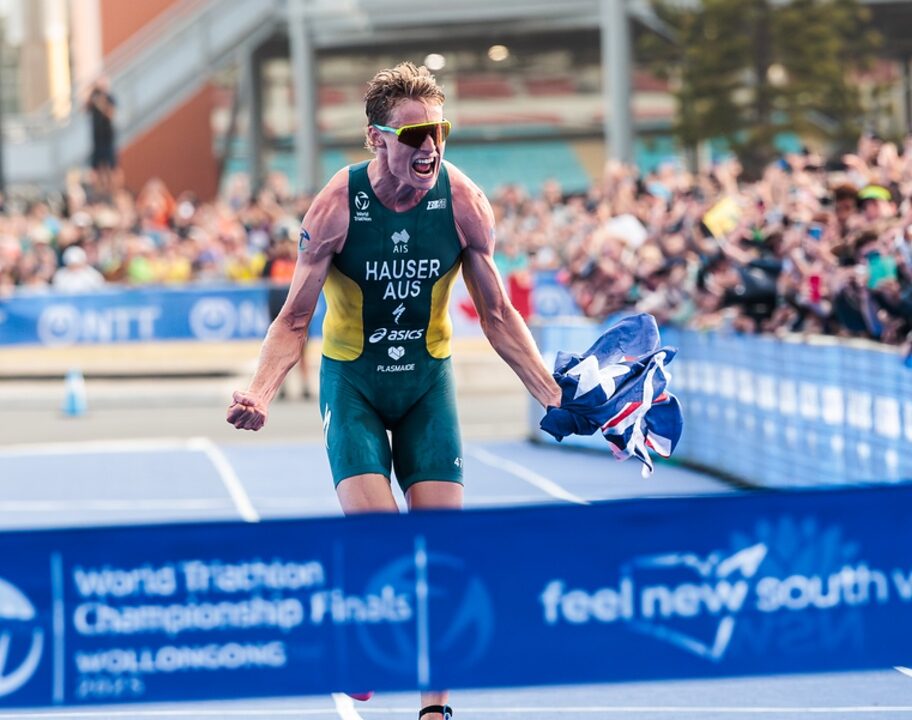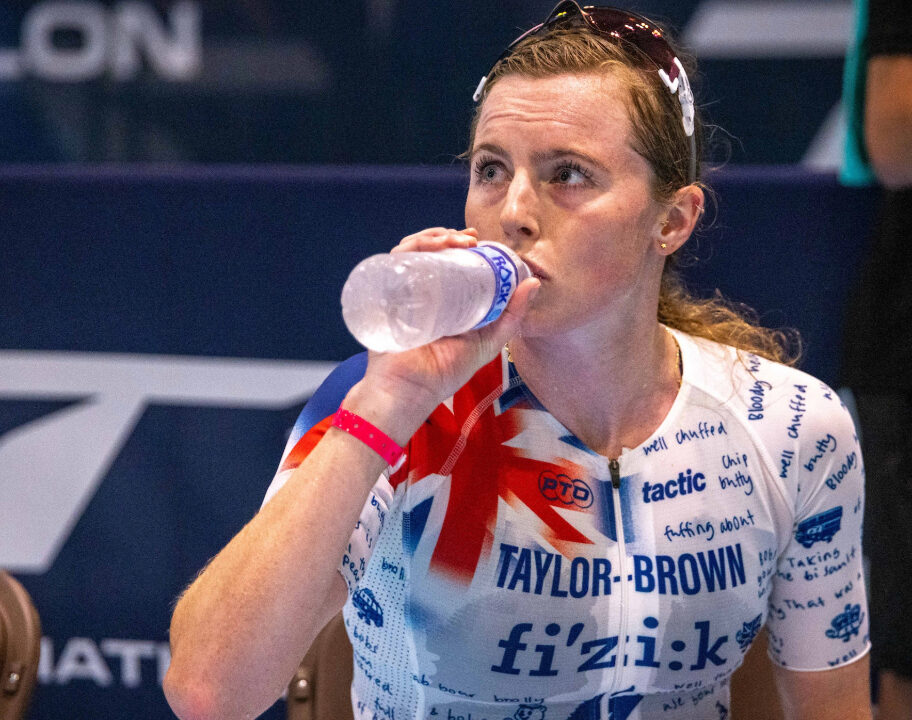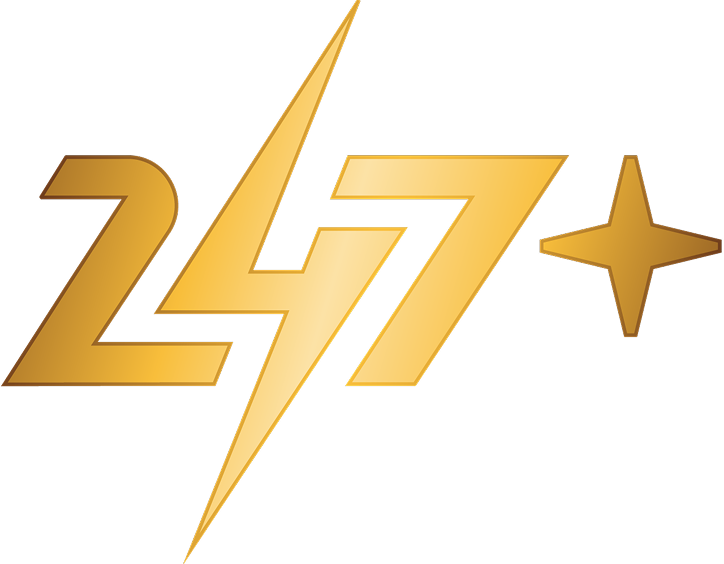If the swimming element of triathlon has deterred you from giving swim-bike-run a go – duathlon is a great alternative. Perfect for those who prefer to stay on dry land, but still want the challenge of putting two different sports together, duathlon is a fun and accessible way to get into the world of multisport.
In our guide to duathlon for beginners, we’ll talk you through what the sport involves, the distances you can tackle and share some insights into the training and the kit required.
What is a duathlon?
A duathlon is a multi-sport endurance event, consisting of running and cycling. Typically a duathlon is held in a continuous run-bike-run format. Like triathlon, the time spent transitioning between the disciplines contributes to the overall race time and there are plenty of different race distances on offer. The majority of duathlons take place on tarmac roads/paved surfaces but you’ll also find off road events which involve mountain biking and trail running.
Duathlon is popular with beginners, with the dry land format meaning there’s no need to worry about the swim (or getting hold of a wetsuit). But you’ll also find some of the top age-groupers (amateur athletes representing their national federation) and elite athletes specialising in duathlon and competing at a world-class level. Governed by World Triathlon, duathlon has attracted some of the top names in triathlon over the years including Tim Don, Emma Pallant-Browne and Mario Mola. Woostenborghs.
Duathlon distances
How long is a duathlon? Just like triathlon, there are several distances on offer ranging from super sprint to long distance. Particularly at local events and off road duathlon races, you’ll find that duathlon distances are not rigidly set – making it easy to find an event that suits your ability-level.
The majority of duathlon events will typically align with the following distances, including World/European Championship events held annually for elite and age-group athletes.
Super sprint
A super sprint duathlon is the shortest distance on offer, the perfect option for first-timers to get used to stitching the two sports together in a non-stop format.
Sprint
Similar to triathlon, a sprint distance duathlon is a popular choice for those looking for a challenge without having a huge time commitment for training and racing.
Standard
With 40km of cycling and 15km of running in total, a standard distance duathlon will require a good level of fitness and training to complete. An exciting challenge in its own right, the standard distance is also a great stepping stone if you’ve got your ambitions set on tackling a longer distance event.
Middle distance
A middle distance duathlon is shorter in overall distance compared to its middle distance triathlon counterpart. But with two 10km runs book-ending the event, it’s certainly a tough challenge to test yourself with. At this distance, practicing taking on fuel during the event will become even more important.
Long distance
Featuring almost 100 miles of cycling and just shy of a full marathon’s worth of running, a long distance duathlon is a tough endurance challenge. Keeping the first run steady and pacing the bike well will be key to ensure your running legs are still waiting for you in T2!
Duathlon training for beginners
If you’re a beginner getting ready for your first duathlon, chances are you’ll already be doing some level of cycling and running. So alongside building up your fitness on the bike and the run, what else should you be thinking about in your duathlon training?
Brick sessions
The first consideration is practicing putting the two disciplines together in back-to-back ‘brick sessions’. Try going for a short run straight after a bike ride (or hopping on the treadmill after a spin class if you prefer to train at the gym). You’ll soon know what we mean when we talk about the ‘jelly legs’ feeling that duathletes and triathletes have all experienced when they start running immediately after a bike ride. Even just a few short runs ‘off the bike’ will help your body to adapt to putting the two disciplines together.
Transition practice
During a race you will typically have a run-to-bike transition (T1) and a bike-to-run transition (T2). It’s important to practice this before race day. It might sound simple. After all, you’re just going to have to put a cycling helmet on and potentially change your shoes if you’re using cycling-specific shoes on the bike. How hard can it be? But in a race situation when the adrenaline is pumping it’s easy to get flustered. Practice changing kit and don’t forget that usually you’re not allowed to touch your bike until you’ve got your cycling helmet on.
Pacing
Being able to pace yourself is key to success in a duathlon. If you start the first run too fast, you’ll be seriously suffering by the time you get on the bike, and struggling to keep running at all once you head out for the second run. A great way to practice your pacing skills in training is to incorporate progressive pace run sessions. These are runs where you start at a really easy pace, and increase your speed slightly either in time increments (for example, speed up slightly every 5 minutes) or in distance increments (get faster every 1km). The total time or distance for the session will depend on your experience level and which duathlon distance you plan to race. But typically the longest you’d want to do is 60 minutes or 10km. Progressive pace runs are a useful way to practice holding back and reigning in your pace at the start, and pushing through to dig deep towards the end of your race.
What to wear for a duathlon
For your first duathlon you’ll just want to make sure you’re wearing kit that is comfortable to cycle and to run in. Some events will have changing tents, so you may have the option of changing your clothes in transition. But that’s going to cost you a lot of time, and many events (particularly small, local events) won’t have anywhere for you to change discreetly in transition. With that in mind, we’d recommend wearing a tri suit for a duathlon.
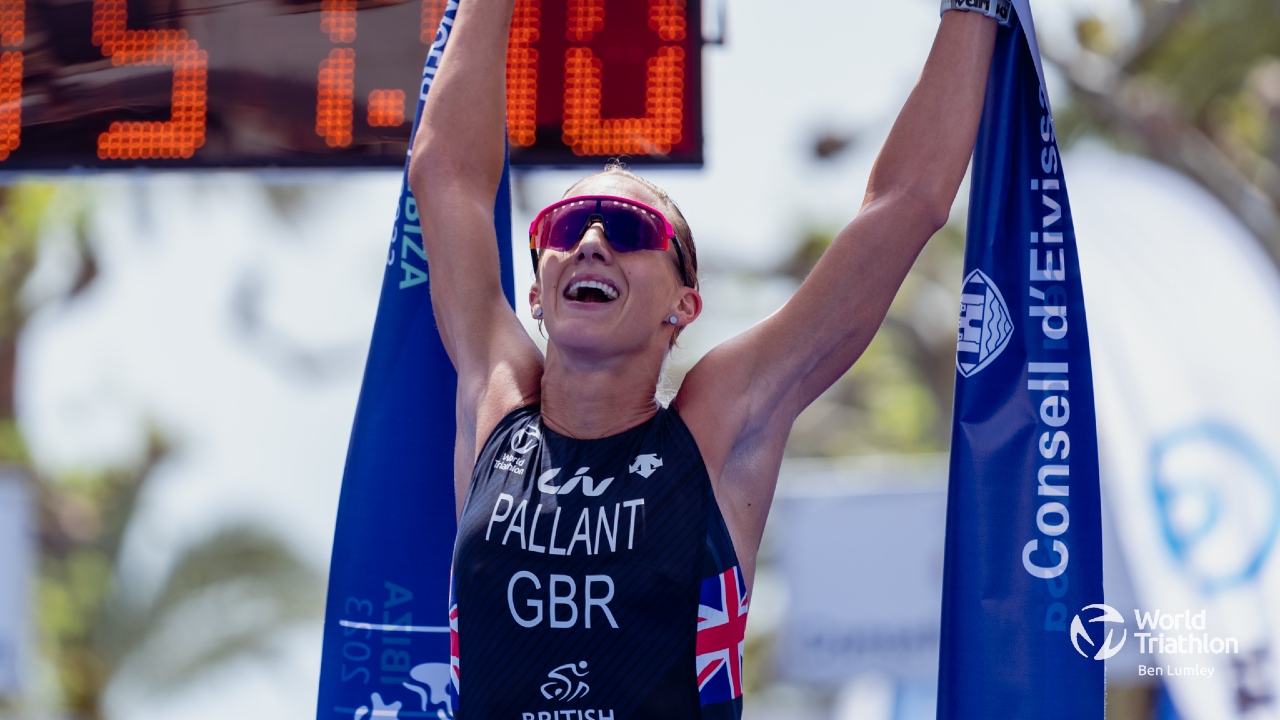
A tri suit has a sewn-in chamois pad in the shorts section so that you’re comfortable on the bike. But unlike a pair of cycling shorts, the pad in a tri suit has been specifically designed to not chafe or get in the way while you’re running. Ultimately, you’ll be more comfortable during both the running and cycling disciplines, and you won’t lose valuable time changing your kit in transition. For the longer distance duathlons, where you’ll need nutrition such as energy gels, most good tri suits have pockets so you can easily carry your race fuel.
If the weather conditions are on the cooler side during your race (many duathlons take place in the spring and the autumn), you can always wear arm warmers, a base layer or put a lightweight jacket on in T1 for the bike section to stay warm.
Quick fire duathlon recap
A duathlon is a multisport event consisting of running and cycling, usually in a run-bike-run format.
A tri suit is the best option for comfort and convenience. But if you’re a beginner, you can also use cycling or running kit for your first few events.
Start by focusing on building up your running and cycling fitness separately. As you get closer to your event, practice putting the two together by doing a short run after a bike ride. For expert support check out our duathlon training plans for beginners.
Resist the temptation to go out too fast on the first run. Take it steady so that you save some energy for the bike, and then empty the tank on the second run as you blaze towards the finish line.
For beginners without a swimming background, duathlon can be more accessible. And with two disciplines to master rather than three, the training can be more manageable. However, don’t underestimate the challenge of putting running and cycling together – the intensity in a duathlon can often make it feel harder.

